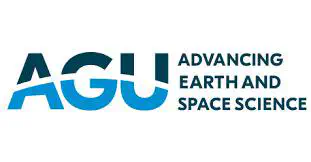Better representation of urban hydrologic processes alters how heat responds to urban vegetation in regional climate models
 Image credit: AGU
Image credit: AGUAbstract
Urbanization substantially modifies surface water and energy cycles. Compared to natural vegetation, low-permeability urban surfaces produce more runoff, trap more heat, and have lower evapotranspiration. Increases in extreme rainfall and heat due to climate change exacerbates these issues in many regions worldwide. One way cities are adapting to regional climate hazards is by adopting nature-based solutions or green infrastructure, which reduce the hydrologic impacts of urbanization and more closely mimic surrounding natural watersheds. These approaches also have implications for urban heat, as many management practices like depaving or adding tree canopy can enhance evaporative cooling and provide shade for pavements. Current representations of fine scale urban hydrology in city-to-regional scale climate models are too simplistic to fully capture the hydrologic impacts of these fine-scale management efforts, yet they must be resolved if we hope to understand the holistic effects that nature-based solutions provide to the urban climate and water and energy cycles. To this end, we present regional climate simulations centered on Milwaukee, Wisconsin that use a custom land surface model that explicitly represents the fine-scale lateral movement of water amongst the highly-heterogeneous land surfaces common within urban regions. We show that urban vegetation and lateral water transfers at the surface associated with green infrastructure practices increase evapotranspiration and decrease sensible and ground heat fluxes on daily time scales relative to simulations without such transfers. These changes reduce air temperatures within the city and change regional atmospheric processes such as lake breeze coupling during warm days. We also show that urban environments respond differently within regional climate models after rainfall events in non-negligible ways. This work highlights the need to explicitly represent fine-scale urban water and energy cycle components in regional climate simulations, especially when considering the implications of widespread adoption of green infrastructure.